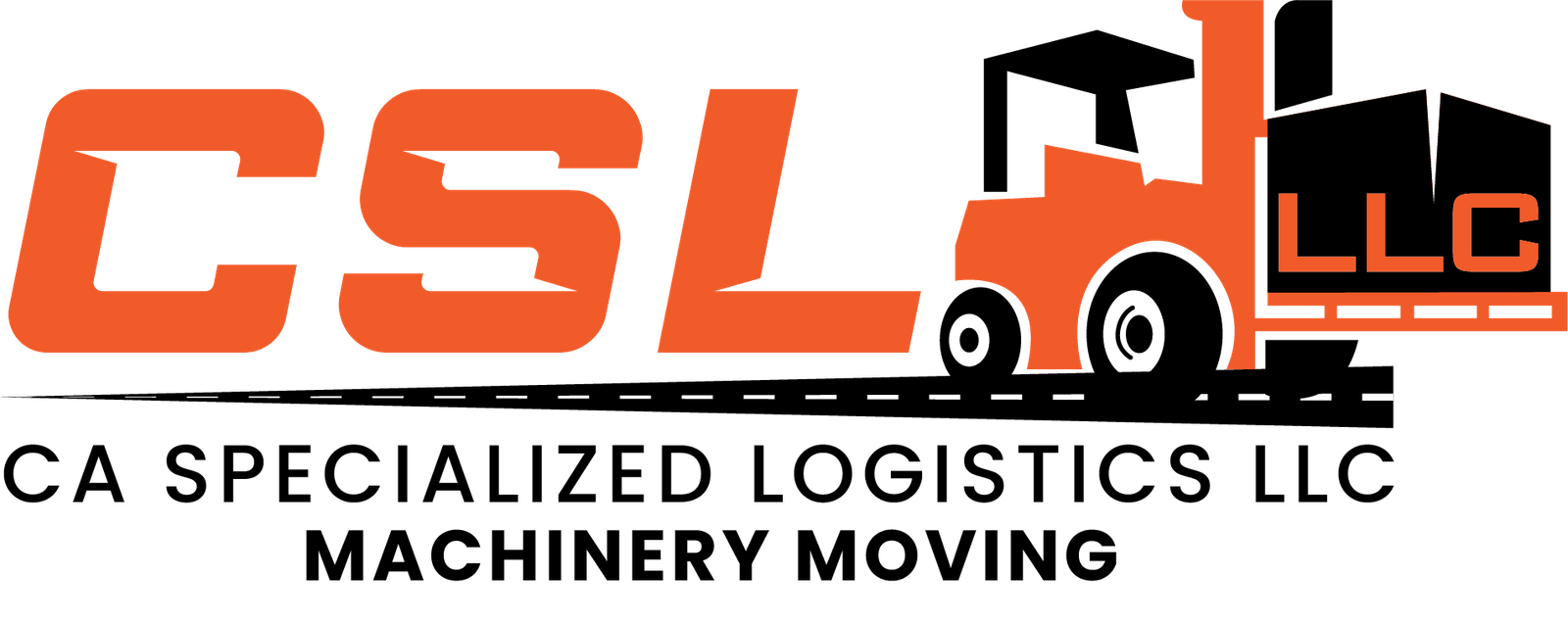The Essentials of Heavy Hauling in Industrial Operations
Going for the transportation of heavy cargo? Unsure how you’ll handle the move? Well, look no further as in this blog, we’ll explore the role of equipment hauling, the types of heavy equipment transport services, and the safety practices involved with heavy machinery hauling jobs.
The Importance of Heavy Equipment Hauling
Let’s start by understanding the significance of the hauling process and why proper oversized load transportation is essential. To avoid potential risks or accidents when hauling equipment, the best thing you can do is work with a professional service provider. They have trained operators on board assisting with every move so that you can experience a safety complaint procedure. Another benefit worth mentioning is the minimized chance of delays and reduced costs. Professional services specialize in tasks requiring proper tools and adhering to deadlines.
Types of Heavy Equipment Hauling Services
Hauling heavy equipment is a versatile domain, based on different requirements and needs a tailored range of services are provided. Here is your guide to all the common types of services you should know about:
Flatbed hauling makes a solid choice for transporting machinery, such as construction equipment and industrial tools. To determine if flatbed hauling is what you should go for, check if your equipment doesn’t exceed the height restriction range. If yes, then go for it.
If your load is taller and bulkier, lowboy hauling is specially designed for it. To give you an idea, machines such as excavators, bulldozers, and other large machinery are ideal for this type of transportation.
The good thing about step deck hauling is that it adheres to height regulations and facilitates the transportation of taller loads. It features a two-level design. To give you an idea, cranes and large industrial machinery are heavy equipment suitable for this hauling.
4. Specialized Equipment Transport
Some equipment is fragile and unique, and for its hauling some companies may provide specialized or customized transportation services. Customization can be done with rigging, trailers, or handling techniques.
Best Practices for Heavy Hauling
Hauling heavy loads comes with its own set of unique challenges; a comprehensive safety program should be followed that focuses on protecting the workforce, keeping the flow of operations running smoothly, and, most importantly, preventing damage to essential goods. Here are some best practices you can follow:
- Professional Services: A professional will possess the proper knowledge of handling the hauling process and transportation; therefore, working with a skilled service provider is your best bet.
- Pre-Transport Inspections: A thorough inspection before transportation is almost as necessary to the process as adhering to load limits. This is the time to ensure the load doesn’t sustain any unforeseen accidents.
- Permits: Depending on the nature of the transport and the weight or size of the loads, you would need to obtain permits, and professional heavy equipment hauling services will help you secure them.
- Appropriate Equipment: Understanding which hauling equipment is required for your heavy load is crucial. For example, equipment exceeding the height restrictions will require lowboy hauling rather than flatbed hauling.
From what we’ve discussed, heavy machinery transport has several aspects: types of services based on the specific equipment, the importance of a professional service provider, and best practices to adopt. Understanding all of this will not only give you peace of mind but also help you enjoy a smooth hauling process.
